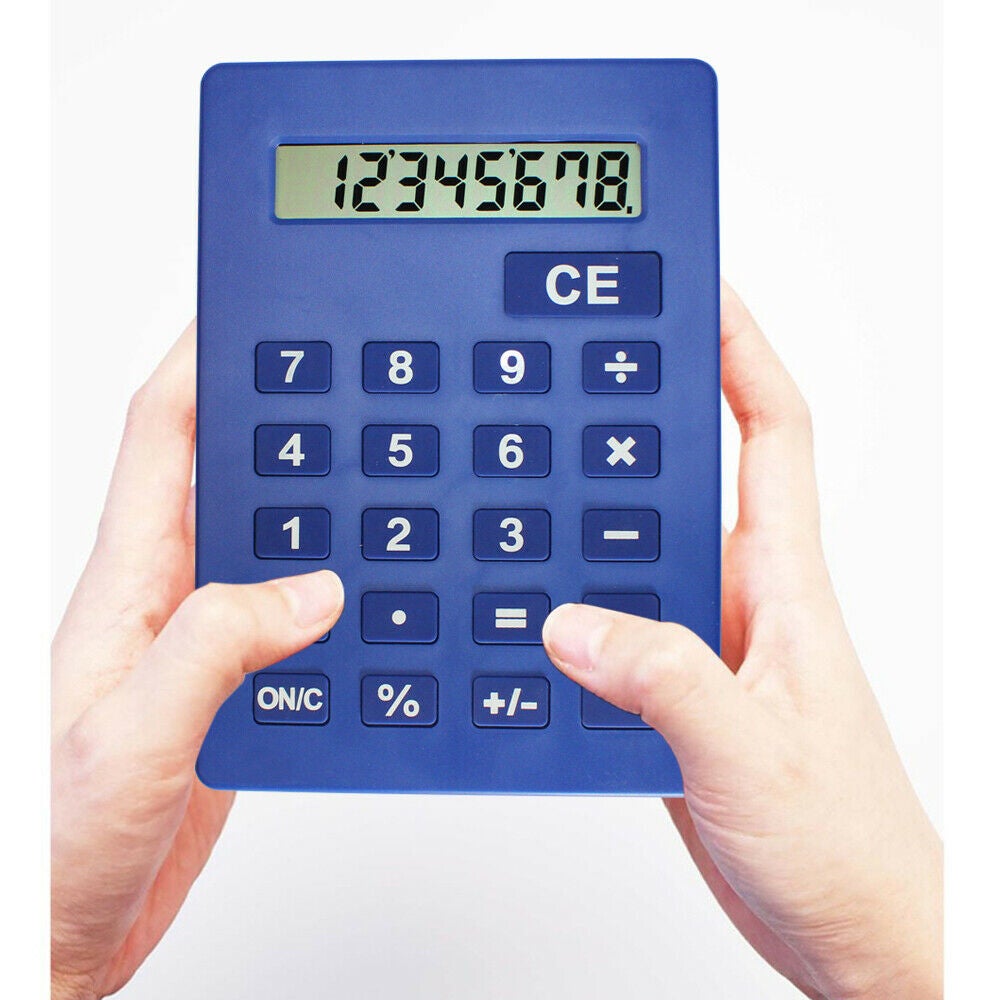

Quick assets = cash & cash equivalents + marketable securities + accounts receivable Quick assets are a subset of the company’s current assets. Quick ratio = quick assets / current liabilities A business with a negative quick ratio is considered more likely to struggle in a crisis, whereas one with a positive quick ratio is more likely to survive. The quick ratio is also known as the acid test ratio, a reference to the fact that it’s used to measure the financial strength of a business. In other words, it measures the proportion of a business’s current liabilities that it can meet with cash and assets that can be readily converted to cash. The quick ratio represents the extent to which a business can pay its short-term obligations with its most liquid assets. Thus it’s best used in conjunction with other metrics, such as the current ratio and operating cash ratio. The quick ratio is considered a conservative measure of liquidity because it excludes the value of inventory.Lenders and investors use the quick ratio to help decide whether a business is a good bet for a loan or investment.A positive quick ratio can indicate the company’s ability to survive emergencies or other events that create temporary cash flow problems.The quick ratio measures a company’s ability to quickly convert liquid assets into cash to pay for its short-term financial obligations.The quick ratio measures a company’s ability to convert liquid assets into cash to pay for short-term expenses and weather emergencies like these. Most businesses experience sporadic cash flow problems.

What if a company needs quick access to more cash than it has on hand to meet financial obligations? Perhaps a hurricane knocked out power for several days, forcing the business to close its doors and lose sales, or maybe a customer is late making a large payment - but payroll still needs to be run, and invoices continue to flow in. Also known as the “acid test ratio,” the quick ratio is an indicator of a company’s liquidity and financial health. The quick ratio is one way to measure a business’s ability to quickly convert short-term assets into cash. But how do you as a business leader or potential investor know how selling an asset, like securities or accounts receivable, will affect your financial standing? East, Nordics and Other Regions (opens in new tab)Įven well-run businesses may experience unforeseen cash flow issues that require them to sell assets to cover expenses - after all, revenue is rarely static month to month, and disasters happen.


 0 kommentar(er)
0 kommentar(er)
